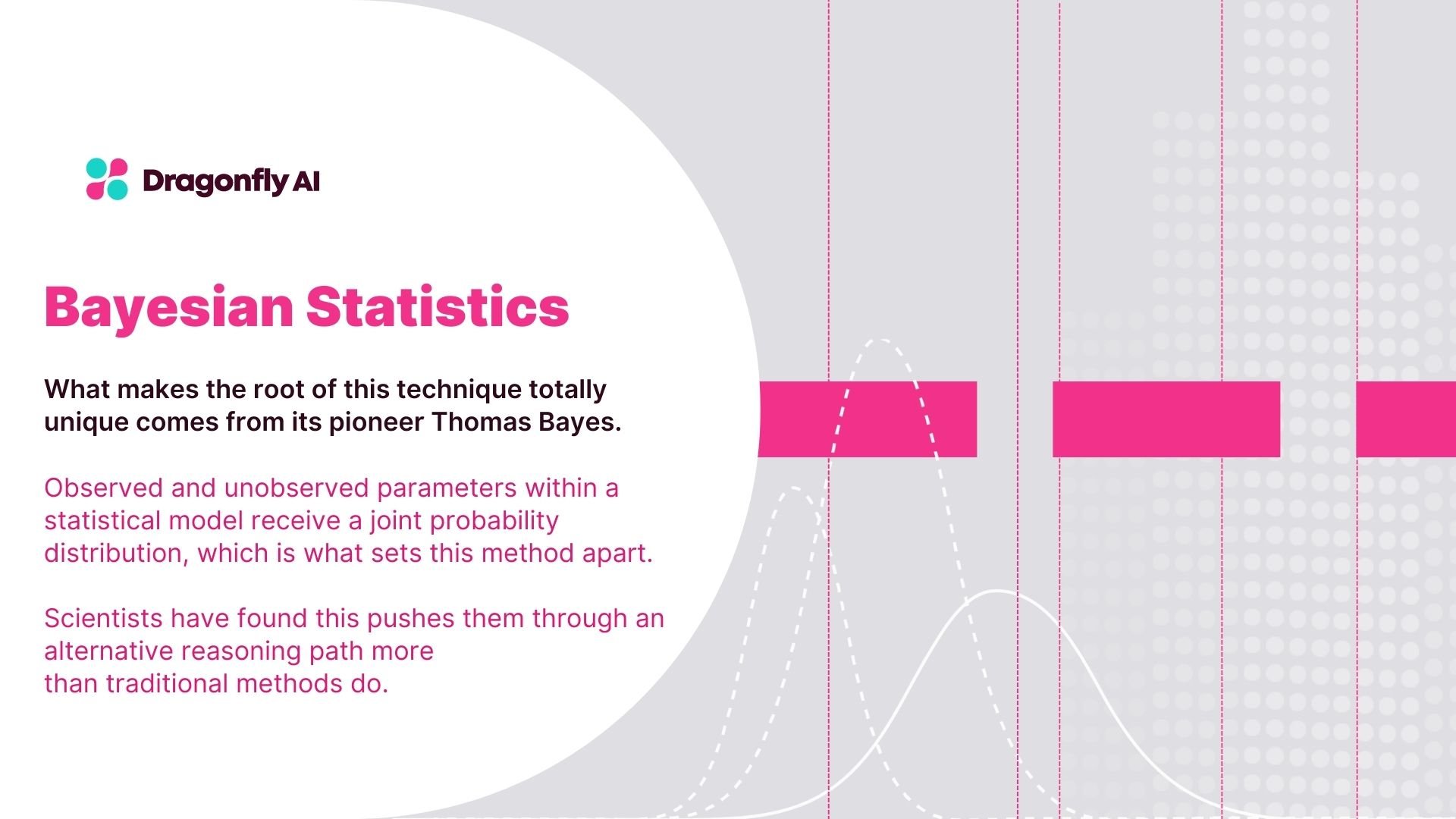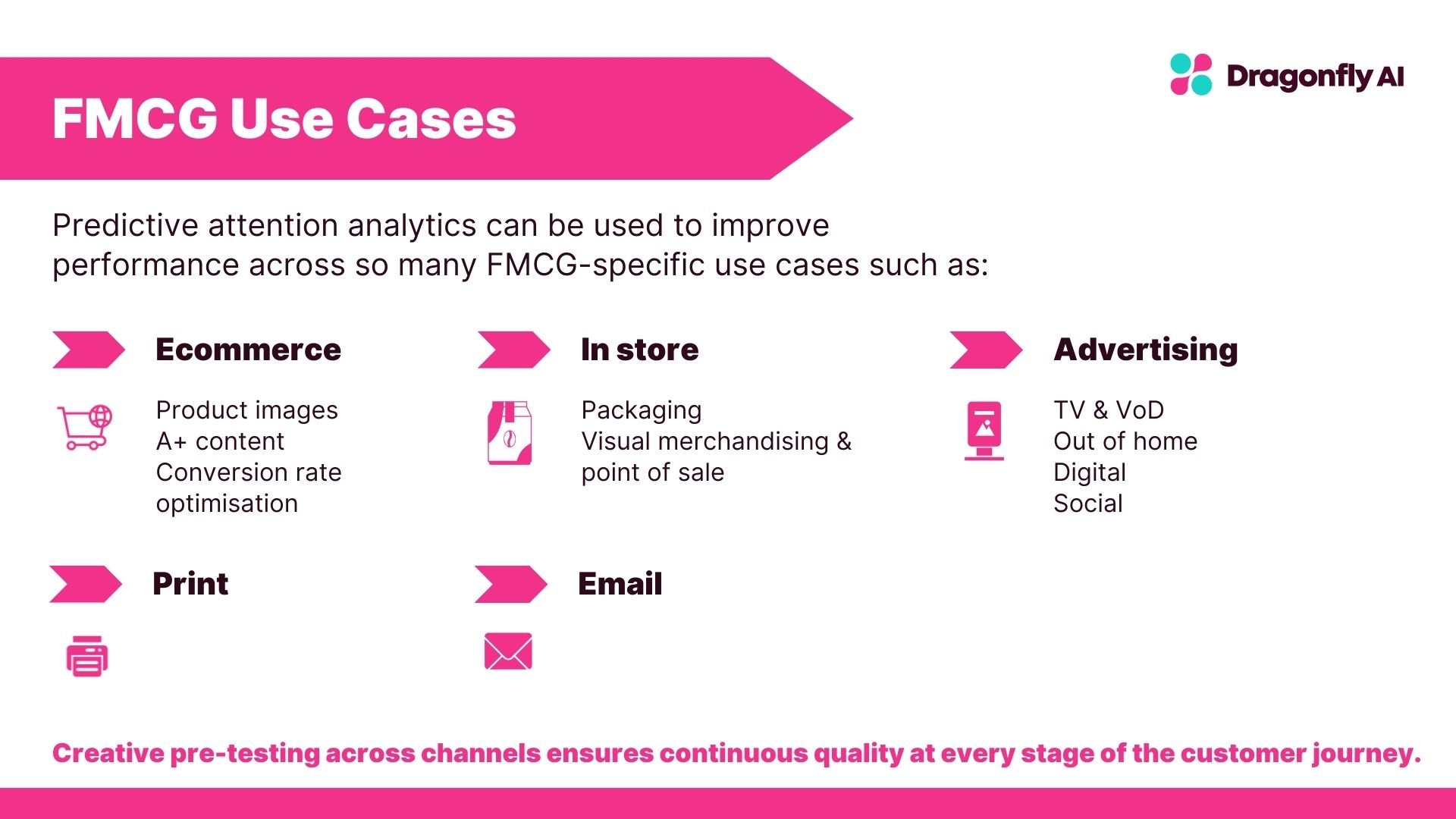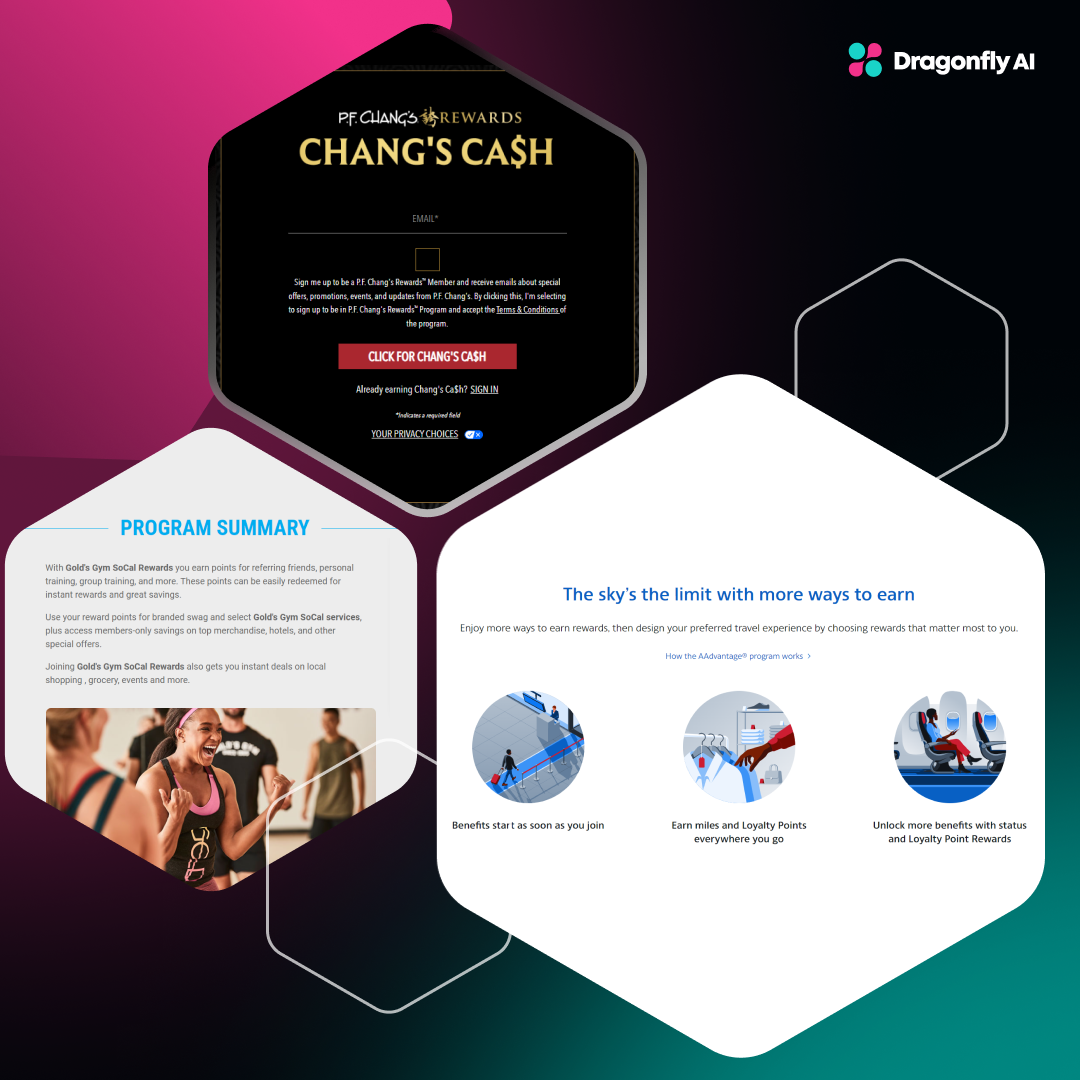What is Predictive Analytics?
Over the last 5 decades, predictive analytics have become pivotal as a decision-making tool, but its initial conception reaches back much further. It all began back in 1689 with Lloyd’s of London insurance market. Whilst the processes were not as sophisticated and couldn’t quite predict as much as they can now, the original premise remains the same; Predictive analytics is a mathematical modelling tool that relies on historical data, data mining and machine learning to forecast outcomes.
Here we explore 5 Predictive Analytics Techniques and Predictive Analytics Modelling and how these tools can be a highly effective way of compiling data into projected insights that can be implemented across your brand
Predictive Analytics Techniques
There are hundreds of predictive analytics techniques that you can integrate with data for forecasting results. We’re going to focus on just five to explore just how different the techniques are;
Neural Networks
This technique is highly sophisticated and can handle relationships in data that are sourced from multiple origins. Neural networks are mighty because they are based on AI processes and the recognition of patterns that outline parameters. They were initially developed as a way to copy the human brain’s neural functions.
Decision Trees
Decision trees classify data into categories based on their input variables. They create a pathway of decisions so that you can clearly see alternative routes that could have been taken.
Particularly useful for the fast digestion of a lot of data although not as deep as some other techniques so a good starting point for an easy visual explanation.
Memory-Based Reasoning
This is a k-nearest neighbour technique for classifying or predicting observations.
K-nearest neighbour (knn) is a machine learning algorithm that is implemented for regression and classification. Knn considers the target data point and the data around it to make a prediction about where that data point belongs.
Bayesian Analysis
The Bayesian analysis defines probability as “degrees of belief”. The technique starts with a pre-existing belief about a parameter. What you learn from data can change or adjust what you believe about this unknown parameter.
For example, you might believe that Dragonfly AI is a machine learning algorithm based on static eye-tracking research. The data will show you that it is in fact an AI-built platform that makes predictions in real-time based on continuously updated research, thus changing your belief about what Dragonfly AI offers your brand.

Ensemble Models
These models are created by combining the results of several trained models for better accuracy, minimized bias and reduced variance.
The goal is to identify the most effective model to implement with new data.
Predictive Data Modelling
Predictive models rely on established results to predict new patterns or behavior. Modelling is basically replicating what it already knows and aligning it with the new input to highlight forecasted behaviours.
This is different from descriptive models and diagnostic models. Descriptive modelling focuses on assisting the understanding of what has happened and diagnostic models explain relationships and why something has happened.
There are two varieties of predictive models; classification and regression. Predictive attention analytics falls under regression.
Regression modelling predicts a number. For example, how likely it is that audience attention is directed at your on-shelf packaging.
Dragonfly AI is a predictive visual analytics product suite that helps brand, creative and marketing teams optimise the effectiveness of visual content across any channel with instant AI-powered actionable insight. Our biological model is unbiased because it is not trained against a singular dataset.
What are Predictive Algorithms?
Predictive algorithms forecast what will happen based on current and historical data. These algorithms use AI-estimation techniques to predict what is likely to happen.
They are essentially statistical algorithms driven by historical data. As more data is fed to the algorithm, it is trained to predict future behaviour.
Traditional forecasting is a stagnant process that lands on one result and remain there. Predictive algorithms are more fluid and will respond based on the updated data that constantly arrive.
AI is only one part of predictive algorithms because successful predictive algorithms have a facet of human intelligence strongly linked to their forecasting.
Our biological model is based on over 10 years of research from world-leading scientists at the Queen Mary University of London in the field of visual perception and mathematical models for visual processing. It offers unique insights into human visual attention in the first 1-2 seconds before individual human biases kick in.
FMCG Use Cases
A hugely diverse field, predictive analytics can be used across almost all industries for both common and niche areas.
The most well-known use cases include;
- Predicting purchasing behaviour
- Detecting fraud
- Healthcare diagnostics
- Card abandonment
- Recommendations of content
- Maintaining equipment
Within the Fast Moving Consumer Goods (FMCG) industry, predictive analytics can help with decision-making across inventory, supply chain and consumer experience.
We’re particularly interested in consumer experience with predictive attention analytics. The Dragonfly AI platform offers creative teams the opportunity to predict where their consumer’s attention will be on their website, on shelf, out of home, on ads and more.
This means that global brands are moving away from slower traditional testing and creating more agile workflows that support creative decisions with validated data every time for quicker insights.

Advantages of Predictive Analytics Software
Adding predictive analytics to your process means increasing speed whilst simultaneously making decision-making simpler at scale. The beauty of predictive analytics is that it does everything it is supposed to in that it saves time, and money and makes everything faster.
Within the marketing framework, we have seen huge strides with predictive analytics. Data can be collected from a mixture of sources and assimilated to support your team’s understanding of the customer journey, predict churn rates and forecast purchases.
Disadvantages of Predictive Analytics Software
The challenges include keeping data clean. Not all data is valuable and maintaining clarity is critical to an effective algorithm.
The evident obstacle is security. When you are dealing with such large volumes of data, security inadvertently becomes a hurdle for your brand to continuously assess.
Dragonfly AI and Predictive Analytics
Our platform is different from standard predictive analytics solutions in that we are specifically talking about attention.
We have the data, the head scientist and his team, the ongoing research and the tools your brand needs so you don’t need to worry about housing any of that.
Dragonfly AI is built on a biological model that predicts how the brain will respond to visual information. It has a dual approach and considers five separate elements when analysing creative assets.
Furthermore, we are highly skilled in one specific area of predictive analytics. The product provides cold hard numbers that predict attention performance.
There are metrics where you can easily review your own content and help you establish creative benchmarks for consistent insights at speed.
Fast Predictive Attention Analytics for Efficient Creative Production
Predictive analytics is important because it makes life easier. It helps brands become more agile and capable in the changing market without sacrificing resources unnecessarily.
This is an area of data that most global brands can certainly benefit from in terms of consistency, quality and ROI. When it comes to predictive attention analytics, in particular, the ability to integrate attention-based pre-testing into your creative production lifecycle means landing your messages in a more effective way whilst seeing a higher return on investment.
For a highly personalised demo to see how else your brand can benefit from Dragonfly AI, click here.




